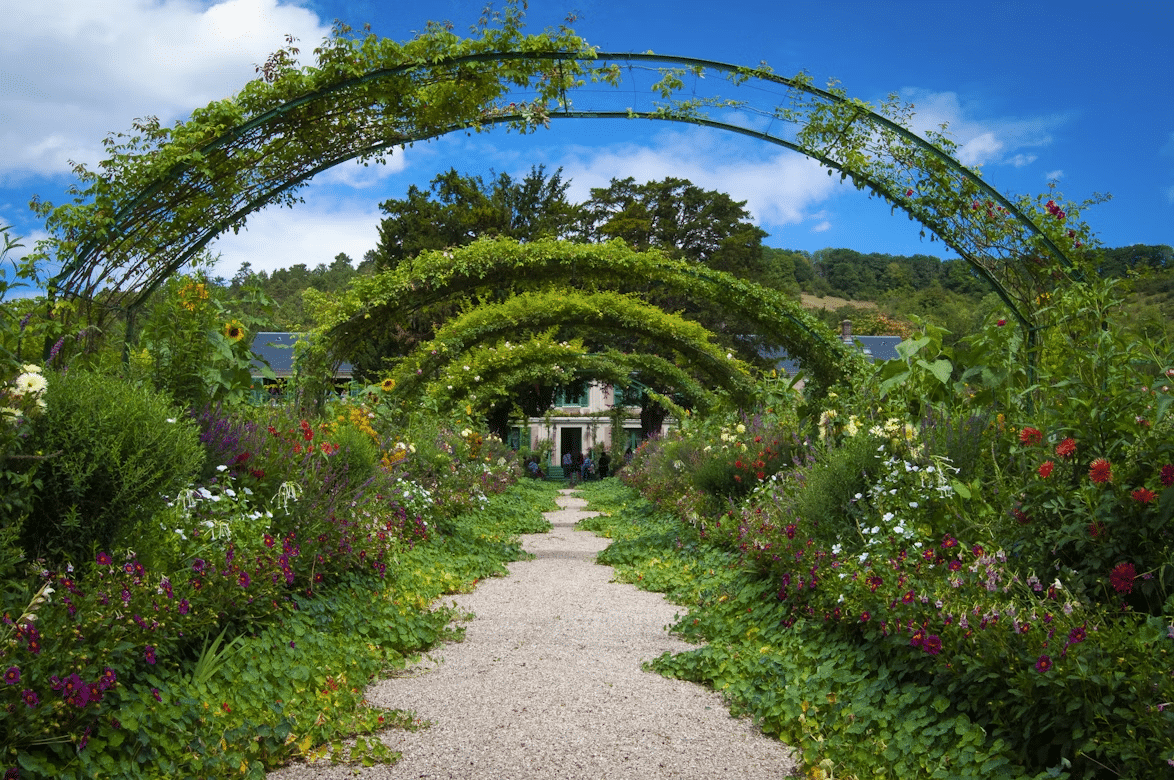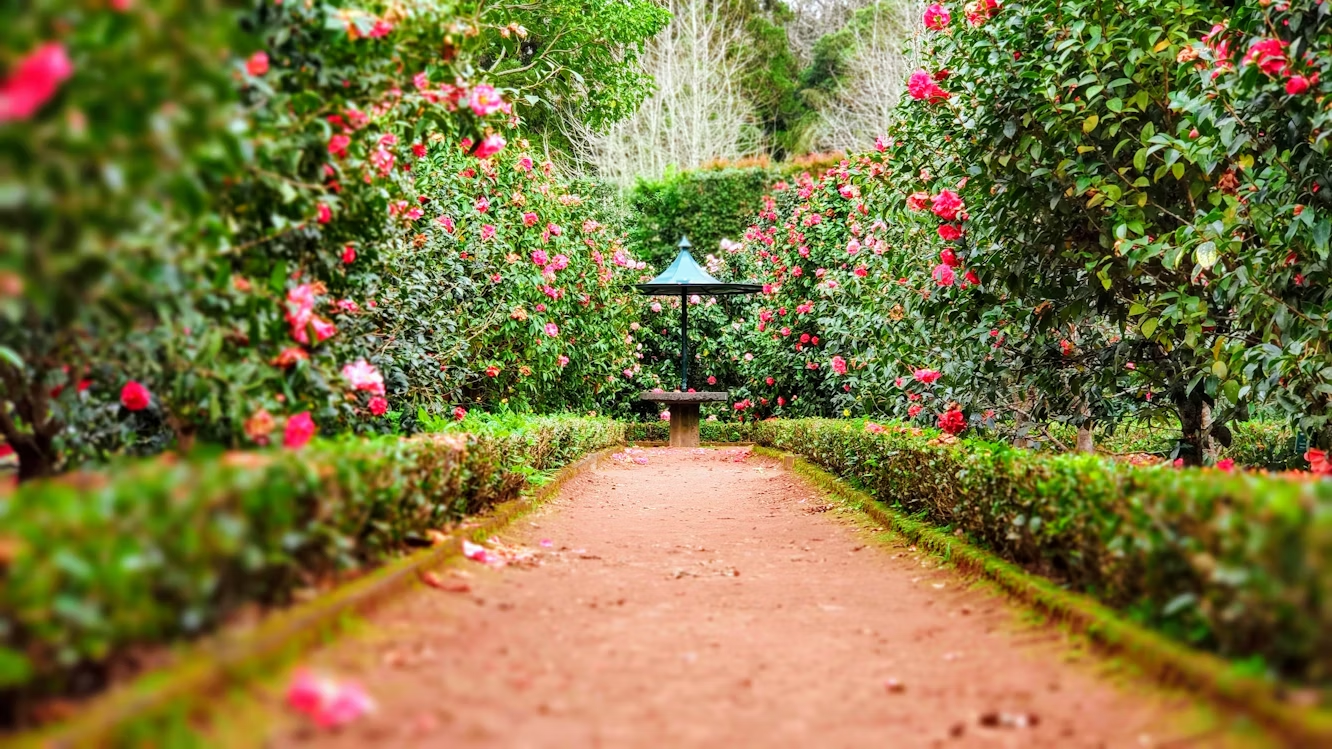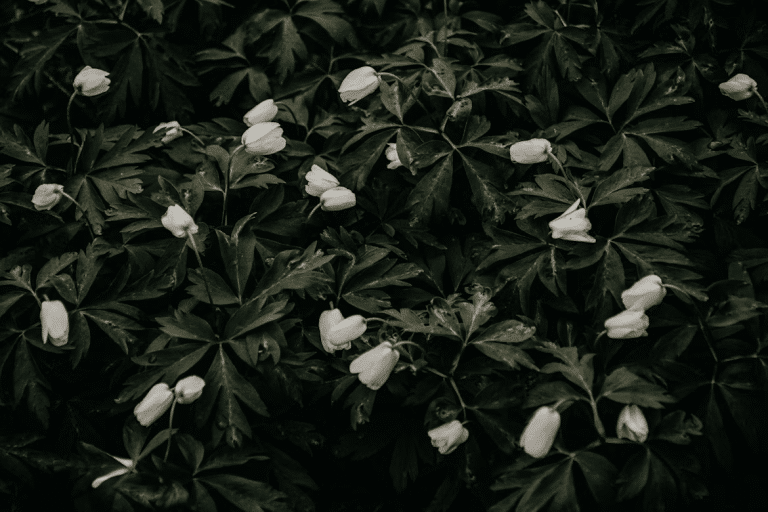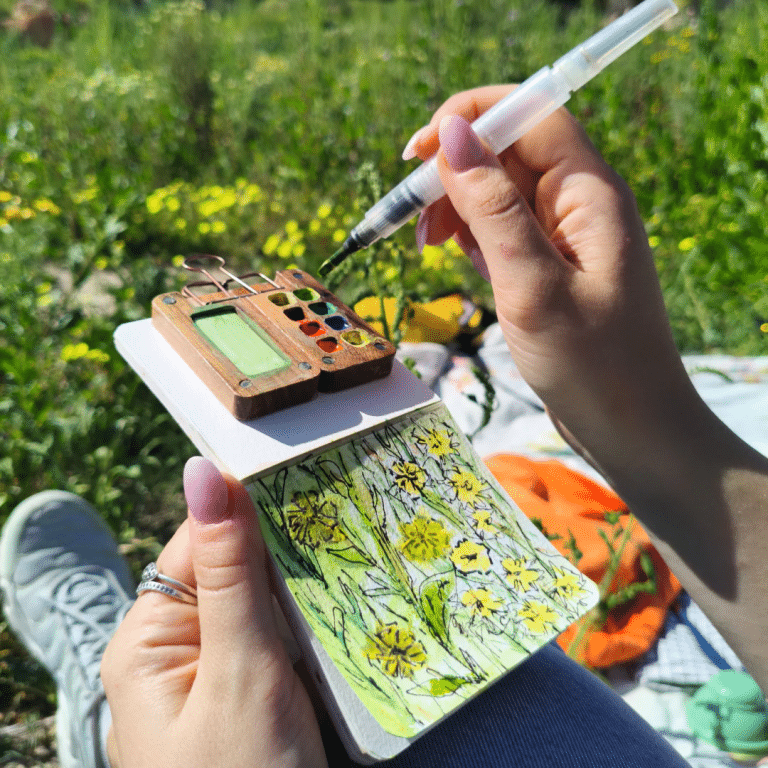Encore Azaleas have transformed traditional landscaping by offering vibrant color not just in spring but multiple times a year. Unlike classic azaleas that bloom once, Encore Azaleas are bred to bloom in spring, summer, and fall—making them a popular choice for foundation beds, border plantings, and multi-season interest.
They thrive in USDA Zones 6–10 and come in a wide variety of sizes and colors, which makes them incredibly versatile for both formal and informal garden designs. This guide explores how to strategically incorporate Encore Azaleas into your landscape for long-lasting, colorful impact.
Foundation Beds: Creating A Colorful Base For Your Home
Foundation beds are the plantings directly along the base of your home’s exterior walls. Encore Azaleas are ideal for these areas due to their neat growth habit, evergreen foliage, and long blooming cycles.
Understanding Size And Placement
Encore Azaleas come in sizes ranging from compact (2.5 feet tall) to medium and large (up to 5 feet tall), so choosing the right variety is essential for foundation planting. For one-story homes or beneath low windows, dwarf varieties like Autumn Ivory or Autumn Embers are perfect—they won’t block views but still provide full flower coverage. For larger homes, taller varieties such as Autumn Royalty or Autumn Majesty create dramatic vertical interest.
Layering For Depth And Texture
Combine Encore Azaleas with other evergreens and perennials to avoid a flat look. A layered foundation bed might feature a rear row of taller azaleas, a middle row of compact blooming perennials, and a front row of low-growing groundcovers like liriope or creeping phlox. Because Encore Azaleas bloom on new growth, they integrate well with repeat-blooming perennials that peak during similar seasonal windows.
Color Coordination With Facade
Use Encore Azaleas to complement or contrast your home’s exterior. Bright coral-pinks like Autumn Coral add warmth to stone or neutral siding. Crisp whites like Autumn Angel pop against brick. Purples and reds such as Autumn Sangria or Autumn Ruby work well with gray, black, or blue-toned homes. A monochromatic bed using different shades of one color family can offer a sophisticated, cohesive look.
Soil And Spacing Considerations
These azaleas prefer slightly acidic, well-draining soil rich in organic matter. Space plants according to mature width (typically 3 to 5 feet apart) to avoid overcrowding, which can reduce bloom production and airflow. Mulching with pine bark helps maintain moisture and acidity while suppressing weeds.

Photo by Veronica Reverse on Unsplash
Border Plantings: Defining Spaces With Color And Structure
Borders serve as transition areas between lawn and garden or as framing for pathways, patios, and fences. Encore Azaleas excel in these locations because they retain shape and bloom in waves throughout the growing season.
Creating Flow Along Walkways And Driveways
For narrow spaces, choose low-growing Encore Azaleas like Autumn Fire or Autumn Chiffon, which stay compact and won’t spill too far into the path. Repeating the same variety at intervals creates a rhythm that draws the eye forward, while alternating colors adds playful variety without becoming chaotic.
Blending With Seasonal Companions
Encore Azaleas mix beautifully with ornamental grasses, flowering bulbs, and herbaceous perennials. In spring, pair them with tulips or daffodils. In summer and fall, surround them with sedum, black-eyed Susan, or salvia for contrast in form and bloom structure. The evergreen nature of azaleas ensures the border retains visual interest even when companion plants are dormant.
Framing Features And Focal Points
Use larger Encore Azaleas as “bookends” in your borders to frame benches, sculptures, or water features. Mid-height varieties like Autumn Amethyst are excellent choices for soft hedging along patios or backyard fences. Their consistent reblooming habit makes them reliable focal anchors throughout the growing season.
Designing For Bloom Staggering
To ensure color from early spring through late fall, mix early-, mid-, and late-season blooming varieties. For instance, start with Autumn Twist (early), transition to Autumn Belle (mid), and finish with Autumn Sunset (late). This strategy provides uninterrupted blooms while extending seasonal performance in borders.
Seasonal Maintenance Tips To Maximize Blooms
Getting three blooming cycles a year from Encore Azaleas is not just about genetics—it also depends on consistent care. These maintenance tips help support their multi-season flowering and keep them looking their best.
Pruning For Performance
Unlike traditional azaleas, Encore Azaleas bloom on new growth. That means light pruning immediately after the spring bloom encourages new shoots and enhances the summer and fall flower show. Use sharp, clean shears to shape the plant and remove leggy or crossing branches, ideally before mid-summer to give plants time to prepare buds for fall.
Fertilizing For Reblooms
Use a slow-release, acid-formulated fertilizer specifically made for azaleas or camellias. Apply in early spring when new growth appears, and reapply after the first bloom cycle to support reblooming. Avoid fertilizing in late summer, which can trigger tender growth vulnerable to early frosts.
Watering And Mulching
Encore Azaleas prefer consistent moisture, especially during the heat of summer and during bud-setting periods. Drip irrigation or soaker hoses provide deep watering without promoting fungal disease. A 2–3 inch layer of pine mulch regulates temperature and retains soil moisture while also breaking down into beneficial organic matter.
Pest And Disease Management
They are generally pest-resistant, but watch for lace bugs, especially in hot, dry conditions. Regular inspections and early intervention with insecticidal soap or neem oil can prevent infestations. Ensure good air circulation and avoid overhead watering to minimize fungal problems.

Photo by Ignacio Correia on Unsplash
Wrapping Up
Encore Azaleas are more than just seasonal shrubs—they’re year-round performers that bring repeat color, structure, and elegance to any home landscape. Whether anchoring a foundation bed or lining a vibrant border, these plants offer unmatched versatility and beauty when paired with smart design and consistent care.
With thoughtful selection and placement, you can create a dynamic, multi-season garden display that enhances curb appeal and invites admiration long after the first spring bloom has passed.













